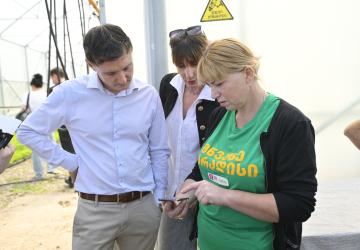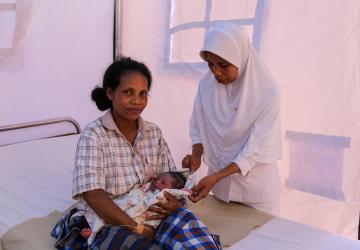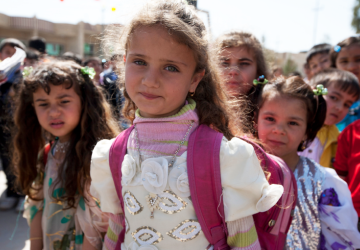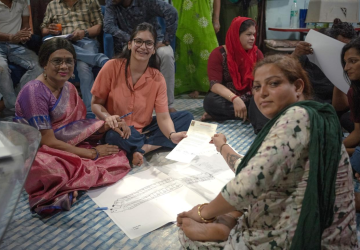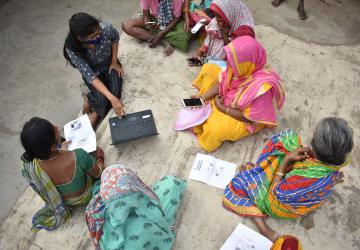United In the Face of Disaster: Nepal Navigates Climate Risks
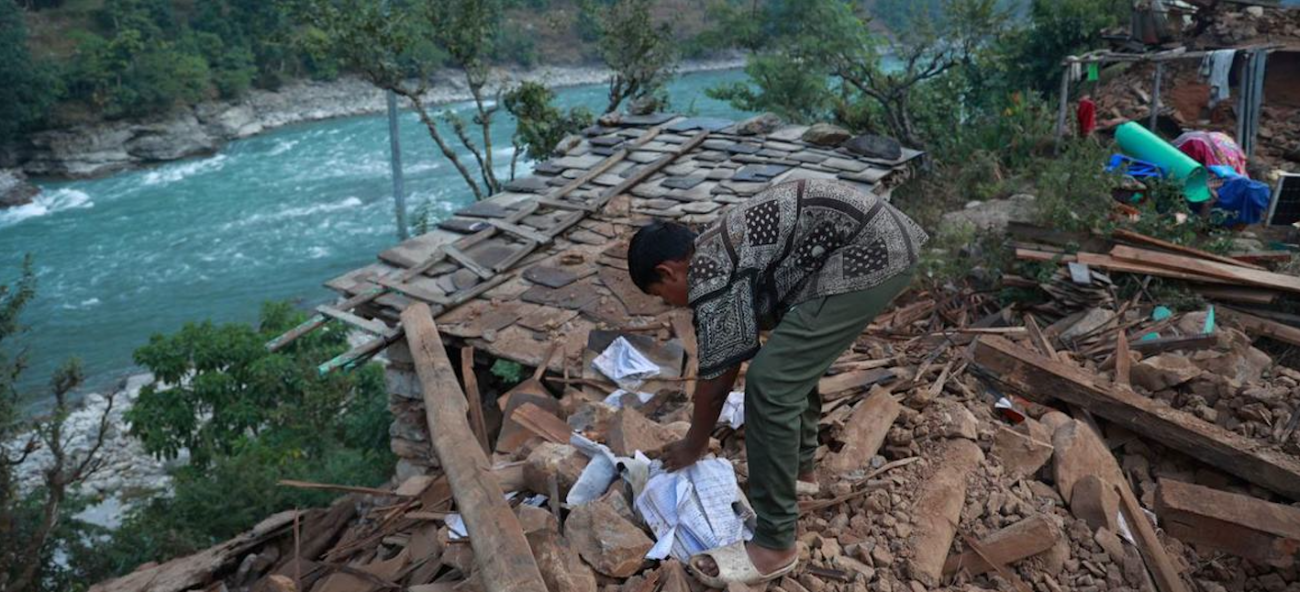
For the people of Nepal, climate resilience is an everyday affair. Nearly a month ago, a 6.4 magnitude earthquake killed 128 people and injured a dozen more. In the last year alone, nearly 5,700 disaster incidents, from earthquakes to landslides, glacial floods, forest fires, incessant rains and more, struck communities across the country. As a country of 30 million people that makes a negligible contribution to global carbon emissions, this relentless stream of climate-related crises, has undone many hard-fought development gains. In his , the UN Secretary-General warned that “the rooftops of the world are caving in,” referring to the disappearance of glaciers and calling to stop climate change induced destruction.
The UN Country Team in Nepal, led by Resident Coordinator Hanaa Singer-Hamdy, has been working closely with the government, civil society and development partners to ensure that disaster risk reduction and climate resilience is an integral part of policy decisions and development programmes.
"Disaster risk reduction is at the core of ensuring sustainable development in a country as disaster-prone as Nepal. Working together collaboratively and establishing strong and sustained partnerships between government, academia, knowledge-based organizations, and UN agencies in Nepal allows us to generate collective and complementary action, as well as amplify climate adaptation efforts. We are all actively working on the UN Secretary General's initiatives on Early Warning for All to ensure no one is left behind " states Ms. Singer-Hamdy.
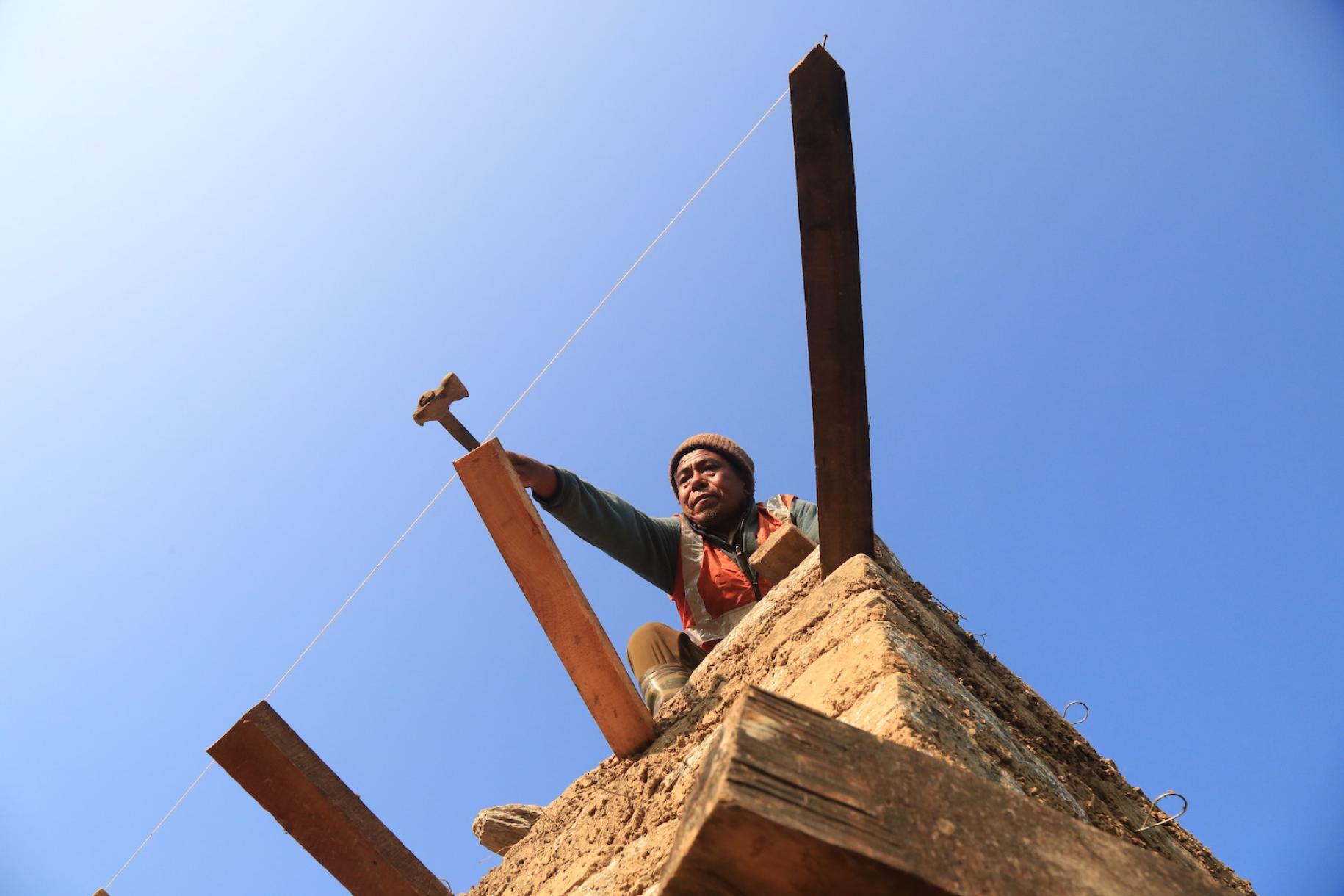
Here are four ways the UN system is helping Nepal navigate climate risks:
(i) Data for decision-making in disasters:
The United Nations Development Programme (UNDP) supported the development and roll-out of a system that enables officials and citizens to report disaster incidents and potential risks in real time to ensure that planners, policymakers and “disaster managers” can make quick decisions on response and recovery and prepare ahead. Today, the portal is available to each of Nepal’s seven provinces, 77 districts and 753 municipalities. The UN also has a long-term partnership with a consortium of universities to develop a comprehensive risk model spanning earthquakes, landslide and community resilience, which. provides sophisticated data for response activities and humanitarian planning.
(ii) Advocating for disaster risk reduction and climate resilience at all levels:
The advocacy of the UN Country Team has been critical in helping Nepal finalize its national roadmap to meet its commitments to the Paris Agreement and set a climate target of zero net emissions by 2045. Coming into COP27, UNDP provided technical and financial support to the Government of Nepal, enhancing the country’s critical role on the establishment of the first Loss and Damage Fund and the adoption of a new UN resolution on sustainable mountain development at the General Assembly, that recognizes the unique challenges faced by mountainous states.
(iii) Expanding budgets and investments in local governments:
With the UN’s support, all seven of Nepal’s provinces have prepared climate-responsive budgets in 2022, with three provinces establishing mechanisms to help track, manage and mobilize investments for addressing climate risk and building resilience.
Thanks to the UN’s engagement and technical support in conducting vulnerability capacity and rapid needs assessments, there has been a huge increase in public budgets for disaster preparedness in provinces and local governments across Nepal. Sudhurpaschim Province, for example, increased its annual budget allocation for disaster preparedness by 71.16 per cent this year. Two municipalities, Dhangadi and Amargadi, increased their budgets by 672 per cent and 300 per cent respectively.
Complementing this, nearly 20,000 local government officials from more than 700 local governments were trained in local disaster risk management. Agencies such as the International Organization for Migration (IOM), UNDP, UN Children’s Fund (UNICEF), UN Women helped build capacity for local leaders in areas such as emergency operations, gender-responsive disaster planning, disaster preparedness, earthquake modeling and more.
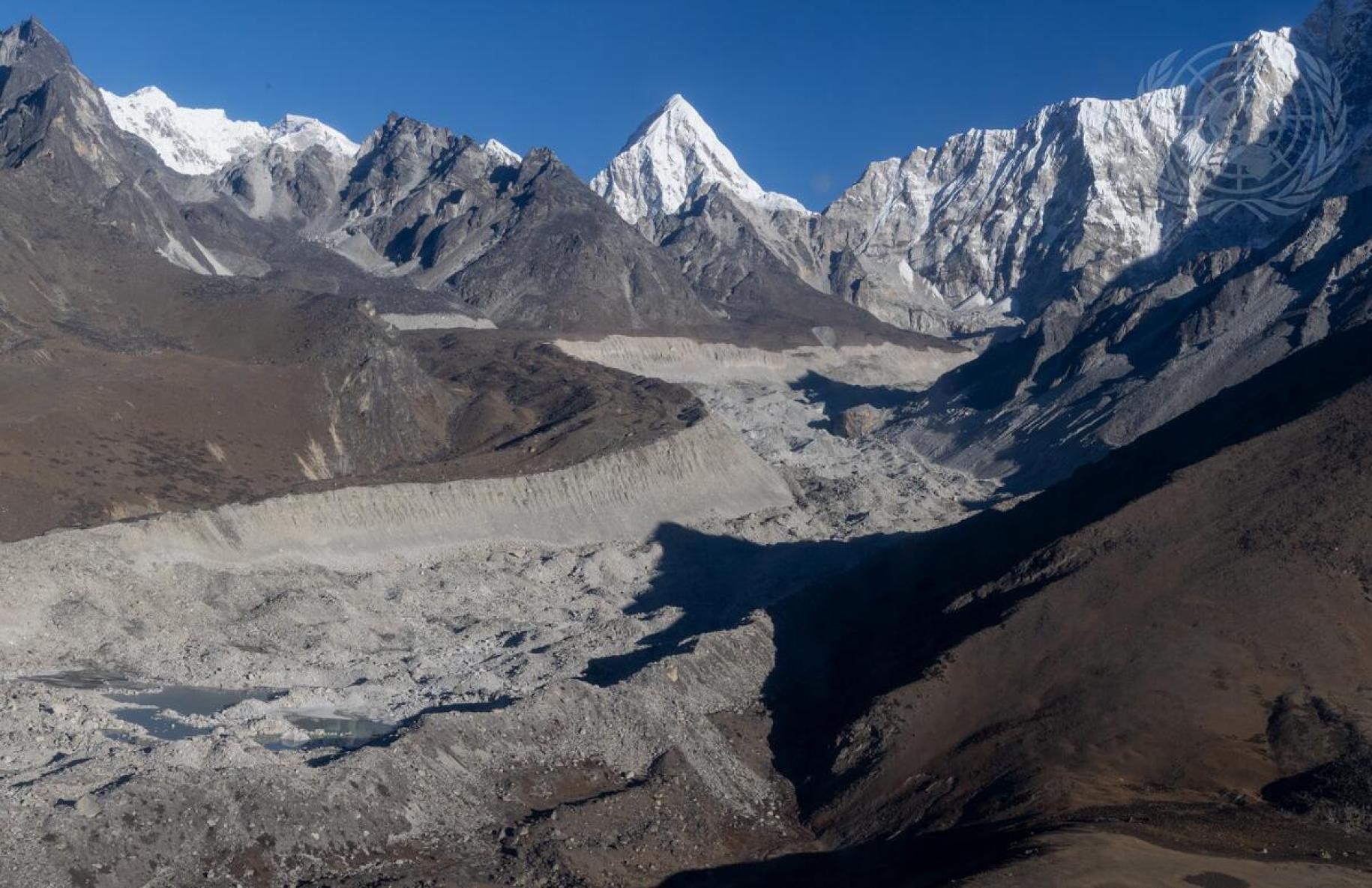
(iv) Setting disaster risk as a cross-cutting agenda in other sectors:
When disaster strikes, it doesn’t just demand a response from climate and environment officials, but also from those responsible for health, water and sanitation, local development and more. With this aim, the UN supported the Ministry of Health and Population with policy reviews and simulation exercises to improve health sector coordination during emergencies.
UN Population Fund (UNFPA)’s support went towards ensuring that local governments’ disaster preparedness plans included provisions to tackle gender-based violence as well as essential services for sexual and reproductive health in emergencies.
In Karnali Province, the World Food Programme (WFP) has been actively engaged in a community infrastructure project, where nurseries are built, and young trees planted as a nature-based way of stabilizing areas prone to landslides.
A climate-resilient water safety plan ensuring a sustainable supply of safe water for communities was developed with support from UNICEF. Fifteen municipalities also developed child-sensitive local disaster and climate resilience plans to address children’s needs during disasters.
The coordinated and concerted efforts in Nepal stand as a lesson for other countries on the frontlines of the global climate crisis. For a future fraught with increasing risk, being prepared and responding quickly is the best hope we have.
To learn more about the work of the UN in Nepal visit nepal.un.org




